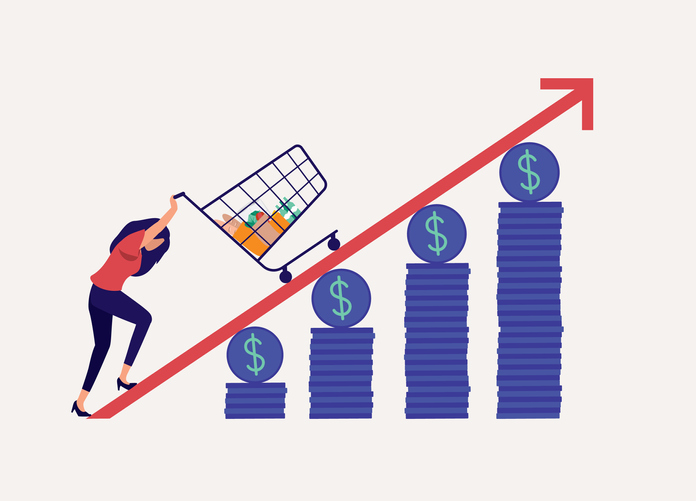Source
[1] World Health Organization (WHO). (2018, March 30). Mental health: Strengthening our response. Retrieved September 2, 2021, from https://www.who.int/news-room/fact-sheets/detail/mental-health-strengthening-our-response
[2] Centers for Disease Control and Prevention (CDC). (2021, June 28). About mental health. Retrieved September 2, 2021, from https://www.cdc.gov/mentalhealth/learn/index.htm
[3] National Alliance on Mental Illness (NAMI). (2021, March). Mental health by the numbers. Retrieved September 2, 2021, from https://www.nami.org/mhstats
[4] World Health Organization (WHO). (2019). Mental health: Fact sheet. Retrieved September 2, 2021, from https://www.euro.who.int/__data/assets/pdf_file/0004/404851/MNH_FactSheet_ENG.pdf
[5] Johns Hopkins Medicine. (n.d.). Mental health disorder statistics. Retrieved September 2, 2021, from https://www.hopkinsmedicine.org/health/wellness-and-prevention/mental-health-disorder-statistics
[6] National Institute of Mental Health. (n.d.). Mental illness. Retrieved September 2, 2021, from https://www.nimh.nih.gov/health/statistics/mental-illness
[7] Naveed, S., Waqas, A., Chaudhary, A., Kumar, S., Abbas, N., Amin, R., Jamil, N., & Saleem, S. (2020). Prevalence of common mental disorders in South Asia: A systematic review and meta-regression analysis. Frontiers in psychiatry, 11, 573150. doi:10.3389/fpsyt.2020.573150
[8] Nochaiwong, S., Ruengorn, C., Thavorn, K. et al. (2021). Global prevalence of mental health issues among the general population during the Coronavirus Disease-2019 pandemic: A systematic review and meta-analysis. Sci Rep 11, 10173. doi:10.1038/s41598-021-89700-8
[9] Agovino, T. (, 2019, August 3). Mental illness and the workplace. Retrieved September 2, 2021, from the Society of Human Resource Management website: https://www.shrm.org/hr-today/news/all-things-work/pages/mental-illness-and-the-workplace.aspx
[10] Mental Health America. (n.d.). The state of mental health in America. Retrieved September 2, 2021, from https://mhanational.org/issues/state-mental-health-america
[11] Vahratian, A., Blumberg, S., Terlizzi, E., Schiller, J. (2021, April 2). Symptoms of anxiety or depressive disorder and use of mental health care among adults during the COVID-19 pandemic—United States, August 2020–February 2021. Centers for Disease Control and Prevention (CDC) Morbidity and Mortality Weekly Report, 70(13);490–494. doi:10.15585/mmwr.mm7013e2e
[12] National Heart, Lung, and Blood Institute. (2017, April 16). Heart disease and depression: A two-way relationship. Retrieved September 2, 2021, from https://www.nhlbi.nih.gov/news/2017/heart-disease-and-depression-two-way-relationship
[13] Bădescu, S. V., Tătaru, C., Kobylinska, L., Georgescu, E. L., Zahiu, D. M., Zăgrean, A. M., & Zăgrean, L. (2016). The association between diabetes mellitus and depression. Journal of Medicine and Life, 9(2), 120–125. Retrieved September 2, 2021, from https://www.ncbi.nlm.nih.gov/pmc/articles/PMC4863499/
Morgan, H. (2021, September). Mental health is real (C. Meeker, [Ed.]). Raleigh, NC: Workplace Options.
Workplace Options helps employees balance their work, family, and personal needs to become healthier, happier, and more productive, both personally and professionally. The company’s world-class employee support, effectiveness, and wellbeing services provide information, resources, referrals, and consultation on a variety of issues ranging from dependent care and stress management to clinical services and wellness programs. To learn more visit www.workplaceoptions.com.
Disclaimer: This document is intended for general information only. It does not provide the reader with specific direction, advice, or recommendations. You may wish to contact an appropriate professional for questions concerning your particular situation.



































